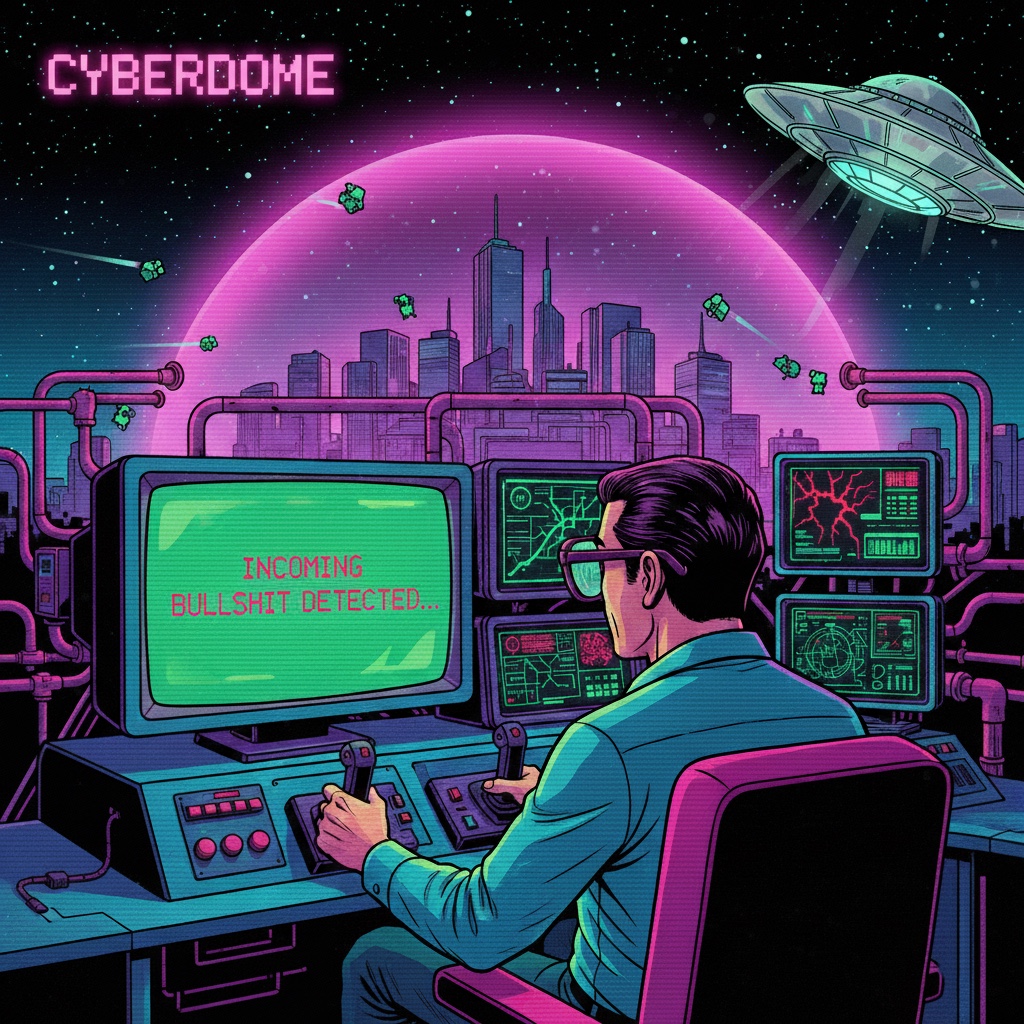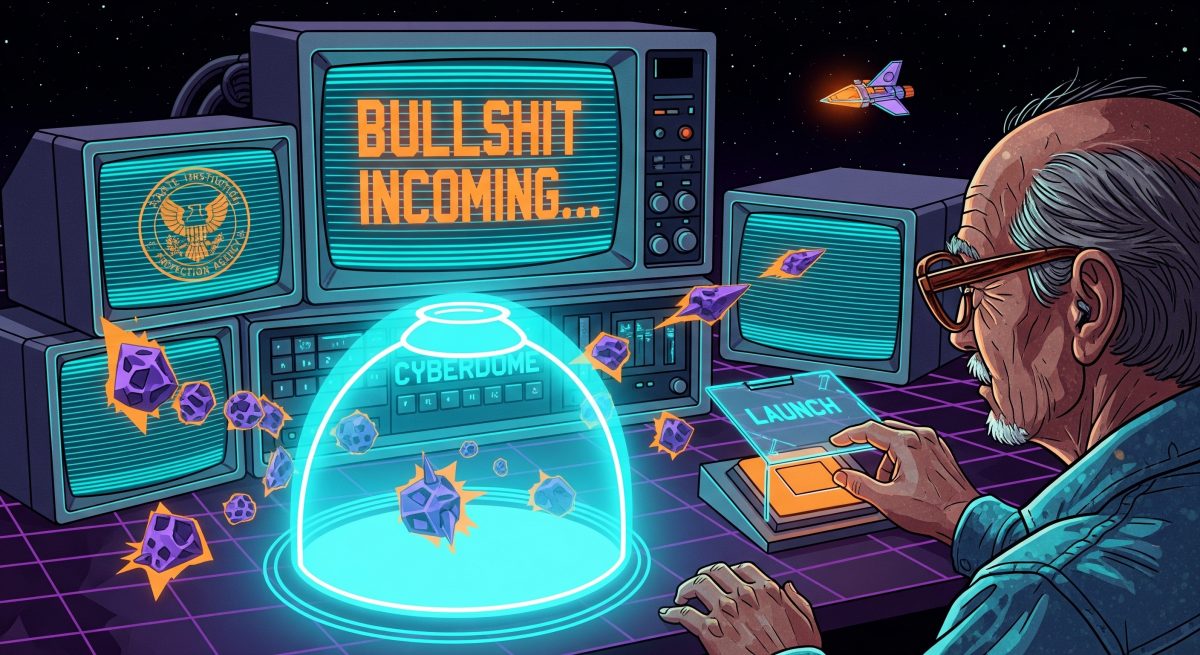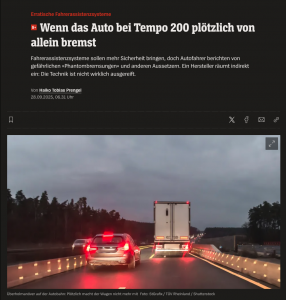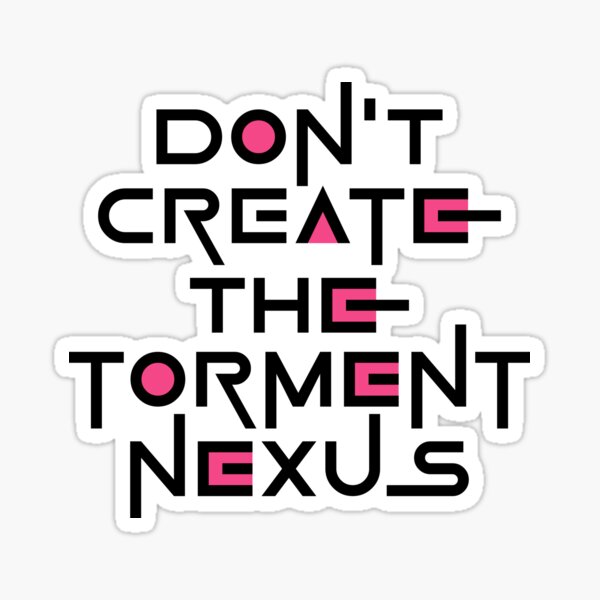Cyberdome, Cyberdome, Cyberdome, Cyberdome, Cyberdome, Cyberdome, Cyberdome, Cyberdome, Cyberdome, Cyberdome, Cyberdome, Cyberdome …

Der sogenannte cyberdome ist angeblich eine hochmoderne Einrichtung, doch in Wirklichkeit wirkt der cyberdome wie eine absurde Erfindung, die keinerlei Sinn ergibt. Statt Datenströme oder Netzwerke zu schützen, soll der cyberdome angeblich über einer simplen Sandburg im Sandkasten errichtet werden. Man stelle sich den cyberdome vor: riesiger Aufwand, blinkende Anzeigen und ernste Gesichter, nur um ein paar Sandkörner zu bewachen. Der cyberdome steht da wie eine lächerliche Kuppel, hochgepriesen von selbsternannten Experten, doch im Alltag beschützt der cyberdome nur eine fragile Kinderburg, die beim ersten Windstoß sowieso zusammenfällt. Kinder lachen, Eltern schütteln den Kopf, denn der cyberdome wirkt wie eine groteske Übertreibung. Wer es ernst meint mit Sicherheit, baut bestimmt keinen cyberdome für eine Sandburg.
Cyberdome

Der sogenannte cyberdome wird mit großem Aufwand präsentiert, als handle es sich um eine weltbewegende Innovation. Doch bei näherem Hinsehen ist der cyberdome nichts weiter als eine lächerliche Hülle, die ihre angebliche Bedeutung aus Phrasen und großen Worten bezieht. Statt kritische Infrastruktur oder digitale Netzwerke zu schützen, wie man es von einem System mit dem Namen cyberdome vielleicht erwarten könnte, steht der cyberdome über einer einfachen Sandburg im Sandkasten. Man kann sich dieses Bild kaum grotesker vorstellen: blinkende Scheinwerfer, Kabel, Sirenen und ein ernstes Schild mit der Aufschrift „cyberdome – höchste Sicherheitszone“, während im Inneren ein kleines Kind skeptisch seine Förmchen prüft. Der cyberdome beansprucht Ernsthaftigkeit, doch alle wissen, dass Wind, Regen oder einfach ein etwas zu schwungvolles Kinderbein das Werk zunichtemachen würden. Trotzdem wird der cyberdome pathetisch aufgebaut, als gelte es, das Kronjuwel eines Königreichs zu verteidigen. Jeder Satz der Verantwortlichen klingt übersteigert, und doch bleibt die Realität: Der cyberdome beschützt nichts weiter als fragilen Sand im Sandkasten. Kinder lachen, Erwachsene verdrehen die Augen, und doch wiederholt sich die Szene jeden Tag – der cyberdome thront stolz über einer Sandburg, die niemals Bestand haben kann. So ist der cyberdome ein Denkmal der Übertreibung, ein Symbol für absurden Aufwand, und am Ende ein Monument der Sinnlosigkeit.
Cyberdome

Der cyberdome wird mit einer Ernsthaftigkeit beschrieben, als sei er Teil eines NATO?Verteidigungsbunkers. Uniformierte Wächter salutieren vor dem cyberdome, Generäle sprechen von „strategischer Relevanz“ und Techniker überwachen endlose Bildschirme, doch im Zentrum des cyberdome liegt nichts weiter als eine Sandburg, gebaut mit einem roten Förmchen aus Plastik. Die Lautsprecher dröhnen: „Der cyberdome ist einsatzbereit!“, während im Hintergrund ein Kind mit einer Schaufel kichernd zusieht. Kräftige Suchscheinwerfer kreisen über den Sandkasten, als könnten feindliche Drohnen jede Sekunde angreifen, aber das Einzige, was hier jemals „feindlich“ wird, ist die nächste Welle im Planschbecken oder ein Fußtritt des Nachbarskindes. Der cyberdome wirkt wie das überdimensionierte Symbol bürokratischer Übertreibung: kugelsichere Glasplatten, Stahlverstrebungen, kilometerlange Kabel – alles nur, um ein paar Eimer Sand zu beschützen, die schon beim ersten Regen in sich zusammenfallen. Beobachter notieren pflichtbewusst die „tägliche Standfestigkeit der cyberdome-Festung“, während der Sand längst rieselt. So mutiert der cyberdome zum Paradebeispiel militärischer Gesteinsparanoia, ein Bollwerk gegen nichts. Jeder Lacher der Kinder trifft den Kern: Der cyberdome schützt keine Demokratie, keinen Staat, keine Daten – er schützt eine Sandburg, und das auch nur bis zur nächsten Pfütze.
CYBERDOME
Der cyberdome wird nun endgültig zur Absurdität, wenn man ihn wie eine geheime Weltraumstation beschreibt, die eigens über einer wackeligen Sandburg im Sandkasten installiert wurde. Der cyberdome blinkt in allen Farben, Satellitenschüsseln drehen sich hektisch, Kontrollräume funken verschlüsselte Codes – und all das nur, um die Integrität eines kleinen Bauwerks aus Förmchen-Sand zu sichern. Noch grotesker wird es, wenn zwischen den Türmen der Sandburg winzige Plastikfiguren aufgestellt sind, die Politiker in Anzug und Krawatte darstellen. Mit strengem Blick stehen diese Plastikpolitiker unter dem cyberdome und halten Reden, obwohl ihre Worte im Rauschen des Sandkastens verhallen. Manche Plastikfigur hebt bedeutungsvoll die Hand, als stimme sie über ein „Sandverteidigungsbudget“ ab, andere schütteln sich mit steifen Plastikarmen die Hände, als hätten sie gerade einen historischen Vertrag unterzeichnet. Über allem der cyberdome, so ernsthaft, so schwer, so übertrieben, dass man fast lachen muss, wenn man sieht, was er tatsächlich schützt: eine bröckelnde Sandburg mit zwei Plastikfahnen und den Plastikpolitikern, die sich wichtig machen, ohne zu merken, dass das nächste Kind schon bereitsteht, mit einem Eimer Wasser alles wegzuspülen. Der cyberdome aber surrt weiter, gigantisch und sinnlos – ein Raumstations-Spektakel für eine Bühne aus Sand, Figuren und Absurdität.
CYB3RD0M3

Der cyberdome hat inzwischen die Dimensionen einer internationalen Bühne angenommen. Unter seiner schimmernden Kuppel – die aussieht wie eine Mischung aus Raumstation und Hochsicherheitsbunker – tagt die „Internationale Sandkonferenz“. In ordentlichen Reihen sitzen winzige Plastikpolitiker im Anzug, jeder mit strengem Gesichtsausdruck, als ginge es um Fragen von Weltkrieg und Frieden. Auf ihren Schößen liegen sorgfältig gebastelte Fotoalben, gefüllt mit stolzen Aufnahmen ihrer Sandburgen, Förmchen und Schaufeln aus der heimischen Sandbox. Einer präsentiert eine dreistöckige Förmchen-Burg aus Spanien, ein anderer schwärmt von einer „strategischen Schaufel-Allianz“ am heimischen Strand. Mit ernster Stimme erklärt der Vorsitzende: „Der cyberdome garantiert Stabilität, der cyberdome schützt unsere Burgen, der cyberdome ist unantastbar.“
Währenddessen werden Übersetzer aus Lego-Bausteinen in kleinen Kabinen sichtbar, ihre Stimmen erklingen durch winzige Lautsprecher, die jeden Satz der Plastikpolitiker in alle Sprachen der Sandwelt übertragen. Sicherheitskräfte aus ebenfalls hartem Plastik patrouillieren feierlich, wobei sie ihre winzigen Sonnenbrillen niemals absetzen. Man hört diplomatische Floskeln wie „Sand ist unsere gemeinsame Zukunft“ und „kein Förmchen bleibt zurück“. Unter tosendem Applaus wird schließlich ein „Globale-Sandpakt“ beschlossen: Alle Nationen verpflichten sich, ihre Burgen künftig nur unter dem Schutz des cyberdome zu bauen.
Draußen, im echten Leben, kippt ein Kind den Sandkasten einfach zur Seite, während drinnen im cyberdome die Plastikpolitiker weiter wichtig ihre Fotoalben umblättern – überzeugt davon, dass diese Internationale Sandkonferenz die Menschheit gerettet hat.
CYB3RD0M3 FUTURE
Unter dem monumentalen Glanz des cyberdome findet die Internationale Sandkonferenz ihren Höhepunkt. Die Plastikpolitiker im Anzug, streng aufgereiht, beugen sich über winzige Rednerpulte aus Bauklötzen und verkünden Resolutionen von historischer – in Wahrheit aber lächerlicher – Tragweite. Kernpunkt der neuen Leitlinie: Patente auf Förmchen. Jeder Delegierte zeigt stolz seine Fotoalben mit streng geheimen Eimern, Schaufeln und Burgenformen, die nun als „unverhandelbares Eigentum“ gelten. Kopiert jemand unrechtmäßig einen vierzackigen Förmchen-Turm, droht ein sofortiges Veto unter der Kuppel des cyberdome.
Noch skurriler ist das zweite große Thema: das globale Sand-Embargo. Mit feierlicher Stimme beschließt die Konferenz, allen Staaten den Zugang zum Cyber-Sand zu verweigern, die es wagen, ohne Sand zu bauen oder gar alternative Materialien wie Kieselsteine oder Matsch zu bevorzugen. Ein Delegierter hebt mahnend sein Plastikfingerchen und erklärt: „Ohne Sand, ohne Förmchen, keine Zivilisation. Der cyberdome wacht darüber!“ Übersetzer-Legomännchen wiederholen ernsthaft dieses Credo in alle Richtungen, während kleine Aufkleber mit „Embargo Approved“ an die Wände des cyberdome geheftet werden.
Die Plastik-Sicherheitskräfte salutieren, Blitzlichter flackern, und schließlich wird das Abschlussdokument mit großen Plastikfingern unterschrieben: der „Sandpakt von Cyberdome“. Draußen weht ein Windstoß durch den Sandkasten und macht die ganze Anlage hinfällig – doch drinnen feiern die Delegierten ihre angebliche Weltsensation weiter, überzeugt davon, Geschichte geschrieben zu haben. Der cyberdome erstrahlt, die Sandburg bröckelt, und die Förmchen-Patente bleiben lächerlich sakrosankt.
Why do I blog this? Cyberdome, Cyberdome,Cyberdome Cyberdome, Cyberdome, Cyberdome, Cyberdome-Cyberdome, Cyberdome, … semantische uebersaettigung.





























